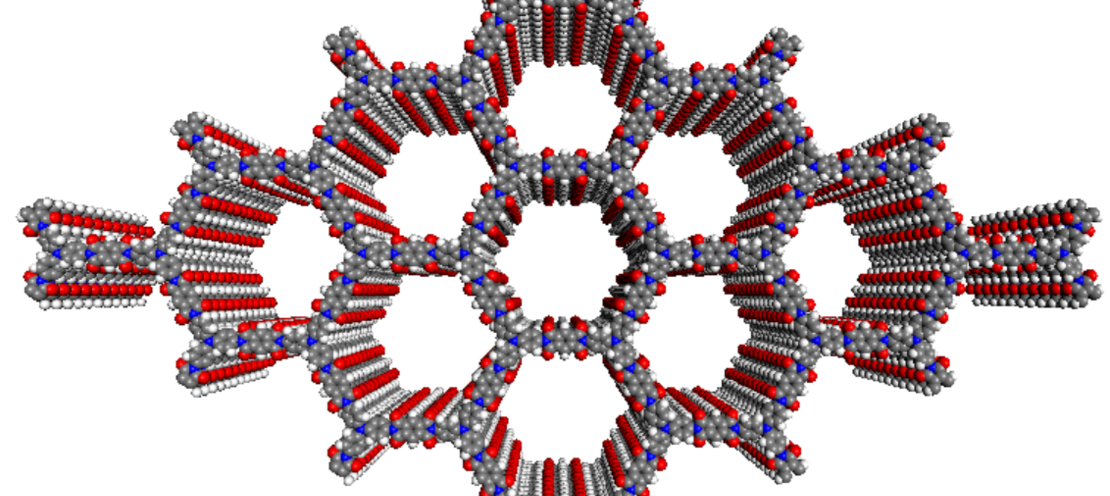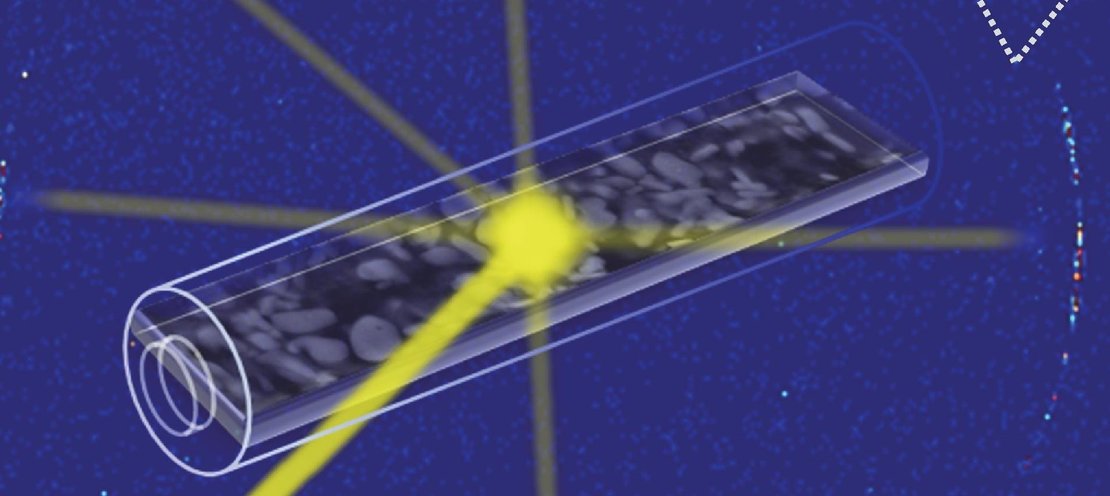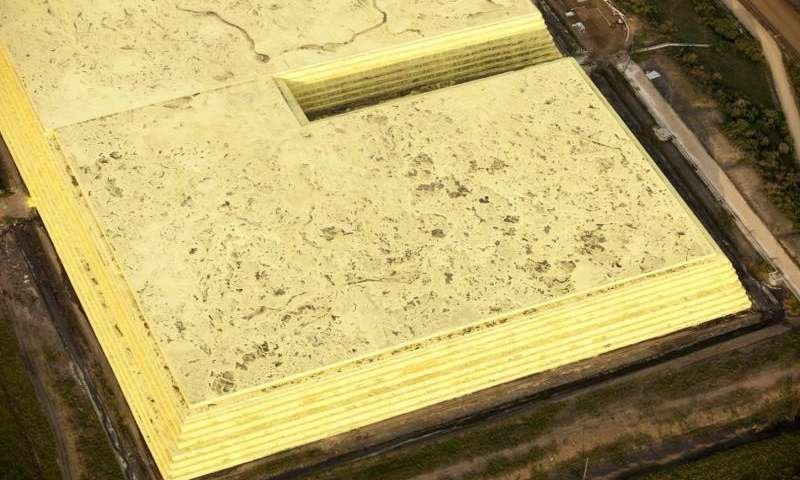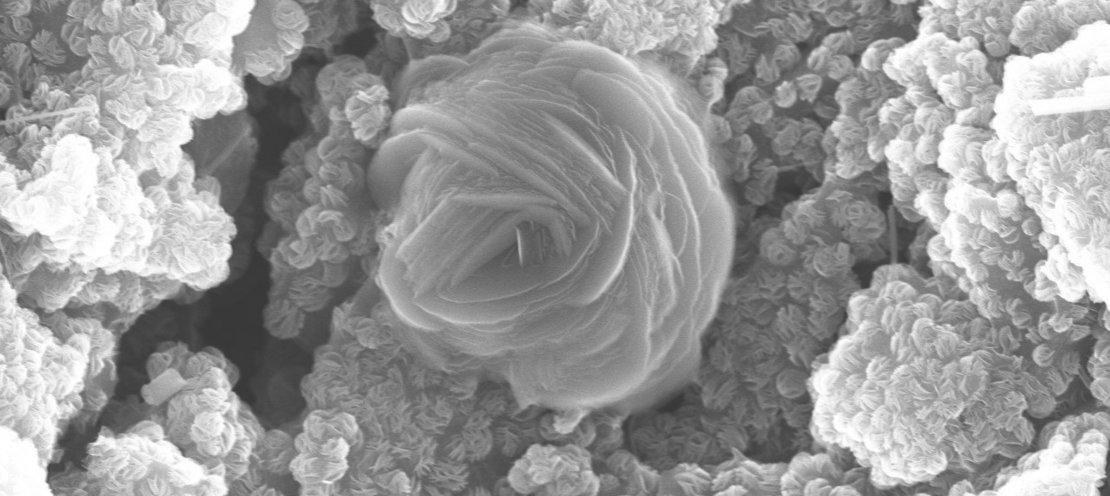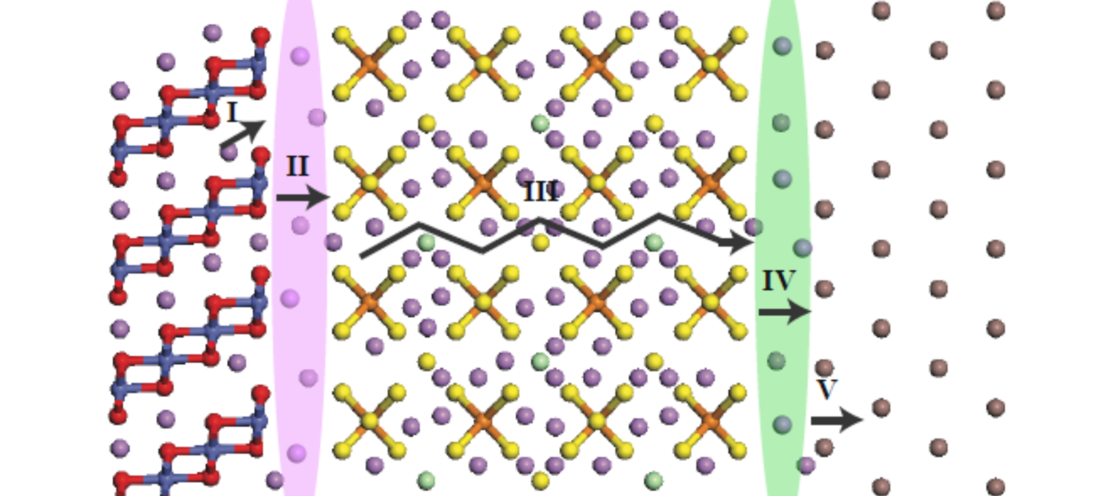Energy storage in batteries is relevant for mobile electronic equipment (energy scale Wh), electrical vehicles (kWh) and daily storage of renewables and grid stability (MWh). The different demands on these batteries in terms of performance, costs and safety motivates the research of different battery chemistries. In this context a diversity of battery chemistries is being researched in the battery group, including next generation Li-ion, solid state, Li-air, Mg and Na and Zn aqueous batteries.
The battery research group, Storage of Electrochemical Energy (SEE) aims at understanding of fundamental processes in, and the improvement, development and preparation of battery materials. The battery chemistries investigated include Li-ion, Li-metal, Li-air, solid state (both inorganic and polymer based), Mg-ion and Na-ion as well as aqueous battery chemistries. One of the focal areas is operando research of the structural evolution and ion mobility.
To determine the structural evolution of electrode materials Neutron and (operando) X-Ray Diffraction and Micro-Beam Diffraction, (operando) Transmission Electron Microscopy (TEM), (operando) Scanning ElectroChemical Microscopy (SECM) coupled to an Atomic Force Microscope (AFM) and equipped with an Electrochemical Impedance meter are used. Micro-beam diffraction is developed to monitor the structural evolution of individual electrode grains. Operando Neutron Depth Profiling is developed to monitor the spatial distribution of Li-ions in working batteries. The group has direct access to these neutron facilities located at the institute. Solid state NMR, on the group’s 500 MHz machine, is used to investigate the local environment in battery materials, as well as the Li-ion (or other ion) mobility within solid electrolyte and electrode materials, as well as between different phases. Computational approaches are used to develop material understanding supporting the experimental work. Operando TEM and SECM cells are developed to monitor the local behavior (Solid Electrolyte Interphase formation), kinetics (including aging) of the electrodes.
DFT based thermodynamic and molecular dynamic simulations provide atomic scale insights of the functioning of battery materials, and multiscale phase field modeling extends this to the meso and microscale of complete electrodes.
The battery lab of the group has the complete facilities to prepare materials, batteries and to perform battery testing. With this research the aim of the group is to support the world wide efforts in developing safe and high performance energy storage in batteries.
News feed
-
Sep/22 - Upcoming Webinar on Atomic Force Micrsocopy! - AFM Imaging and Beyond: A Practical Guide to AFM Modes for Materials Research (BRUKER) - further information and registration here.



